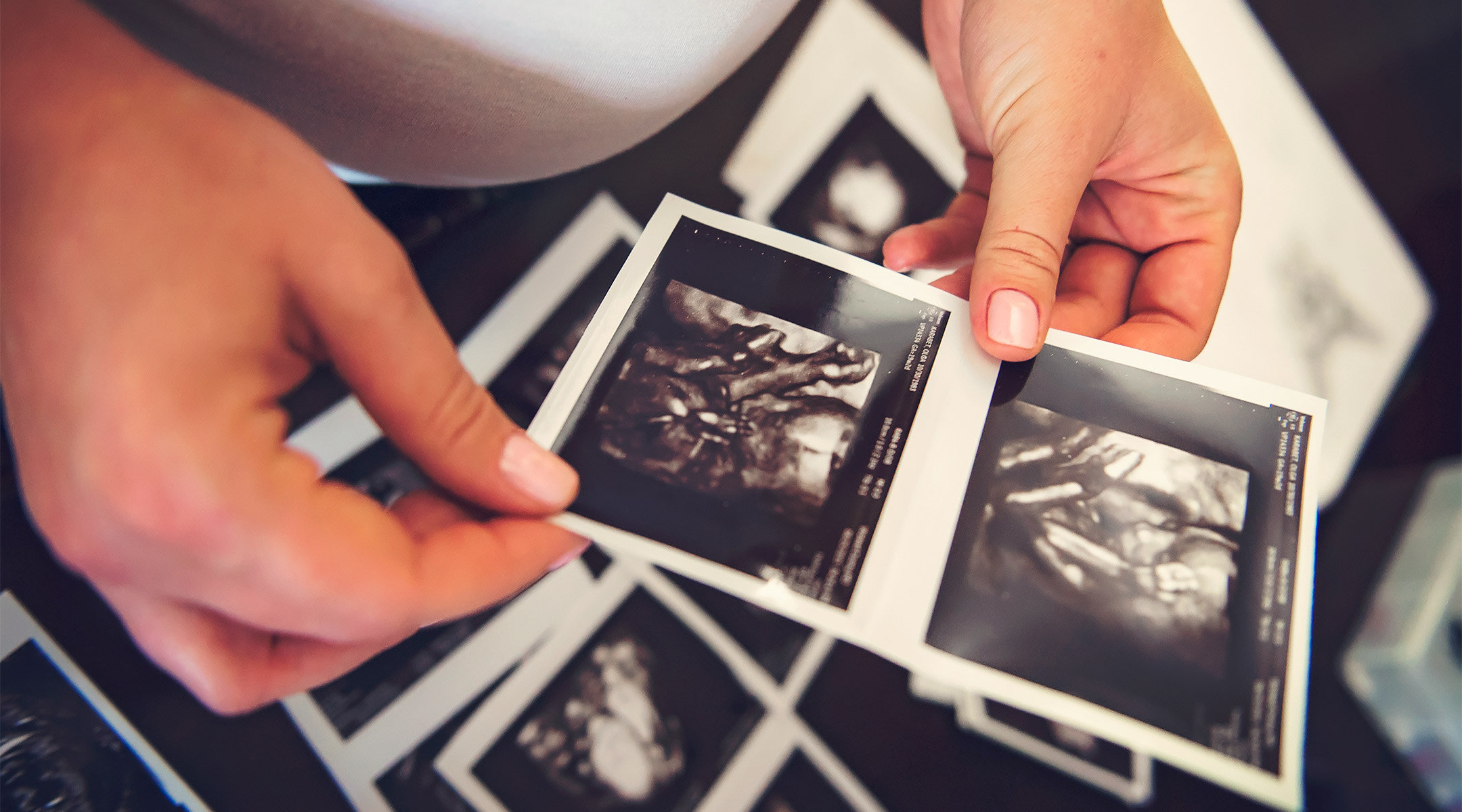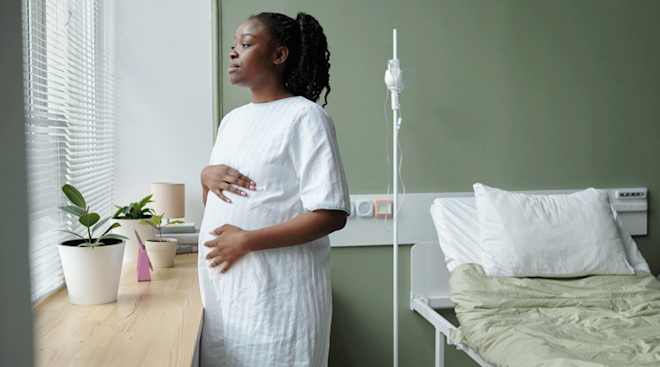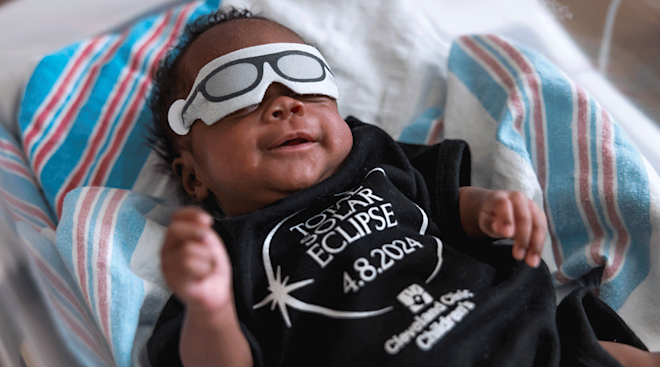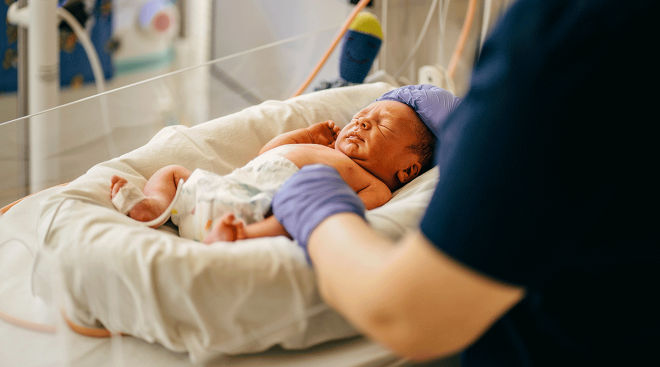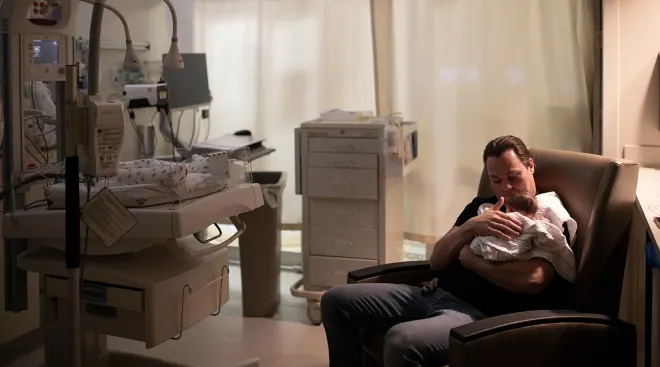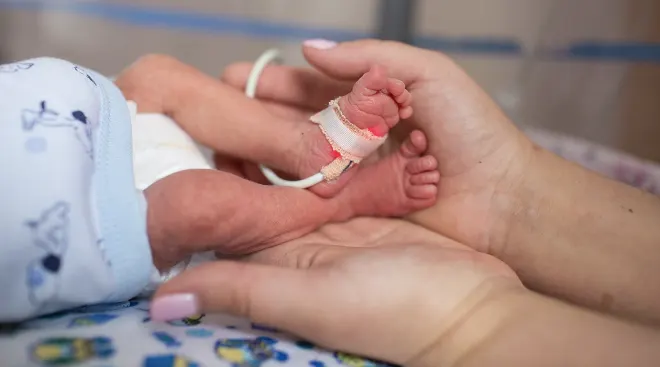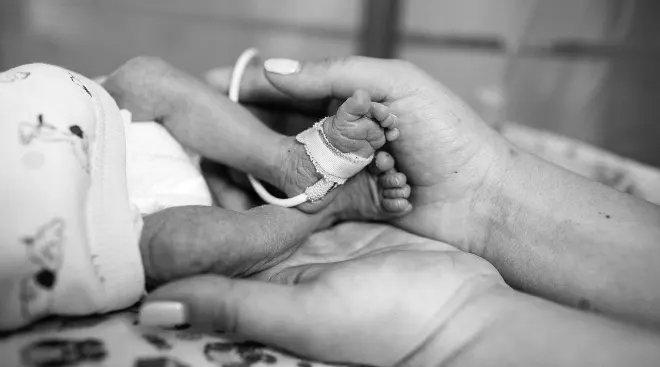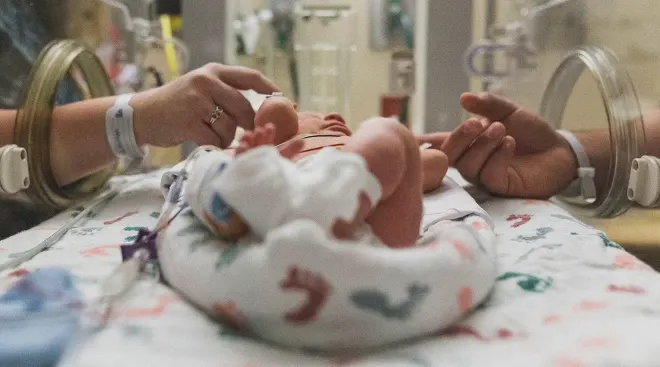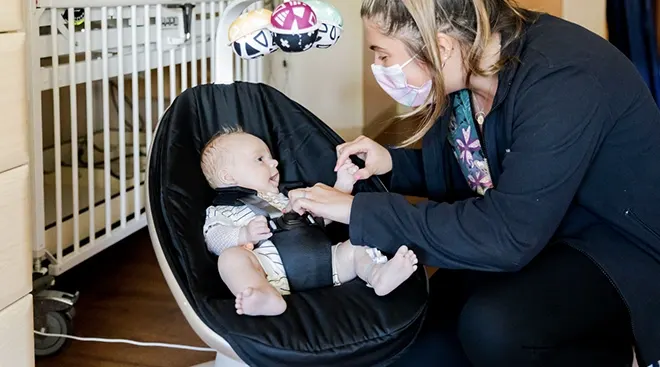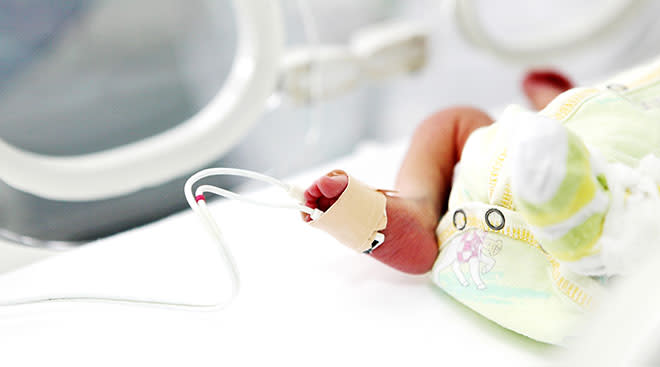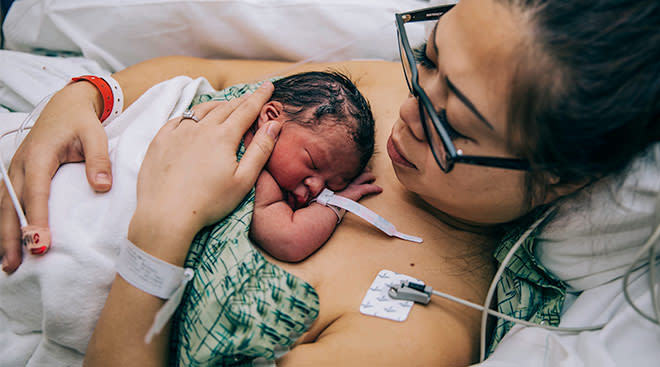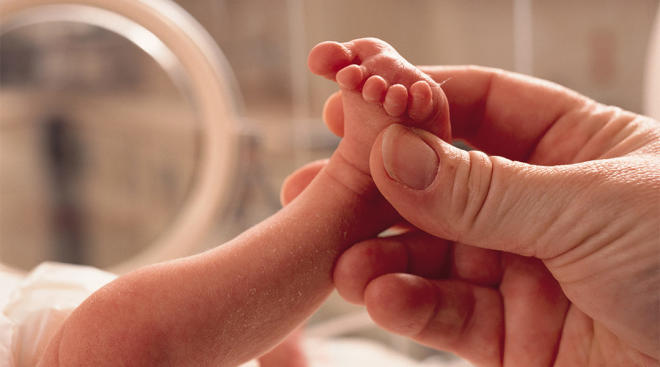The Troubling Reason Why Premature Birth Rates Are on the Rise in the US
The rate of premature babies born in the US has risen for the third year in a row, according to the annual Premature Birth Report Card from March of Dimes. The results come on the heels of nearly a decade of decline from 2007 to 2015.
The overall preterm birth rate rose from 9.85 percent in 2016 to 9.93 percent in 2017. While it’s a fairly small window, the difference means 3,000 more babies were born prematurely, Becky Russell, senior director of applied research and evaluation at March of Dimes, tells NPR.
Although there is no single cause of preterm birth, the research shows inequities and unequal access to quality health and maternity care negatively impact these numbers. Women of color are up to 50 percent more likely to deliver prematurely, and their kids have the potential to face a much higher infant death rate.
The report is a major wakeup call to provide better access to healthcare for all women. In fact, the dismal results leave the US with an overall C grade on March of Dimes’ report card. This year, 30 states were appointed a worse rate than they had last year.
- Vermont earned an A
- 15 states received a B
- 16 states received a C
- 14 states, Puerto Rico and the District of Columbia received a D
- 4 states (Alabama, Louisiana, Mississippi, West Virginia) received an F
“Our country’s most important resource is human potential. That begins with ensuring every baby has the healthiest possible start in life, regardless of racial and ethnic background or their family’s income,” says Stacey D. Stewart, president of March of Dimes. “By expanding proven programs and innovative solutions we can shift our healthcare system to improve treatment and preventive care for moms and lower the preterm birth rate.”
While the overwhelming majority of states had a poor year, some did show much-needed signs of improvement.
- Rhode Island went up a full grade from a C to a B
- Knox County, TN lowered its preterm birth rate from 12.5 percent in 2007 to 9.8 percent in 2016, an improvement of more than 20 percent over the past decade
- Raleigh, NC lowered its preterm birth rate from 9.9 percent in 2015 to 9.3 in 2016, and also showed a decrease in late preterm births
Click here to find out more information about your state’s grade.
If you’re a mom-to-be, make sure you review your health care package so you know what’s covered and what’s not, and can make decisions to help save you money.
Please note: The Bump and the materials and information it contains are not intended to, and do not constitute, medical or other health advice or diagnosis and should not be used as such. You should always consult with a qualified physician or health professional about your specific circumstances.
Navigate forward to interact with the calendar and select a date. Press the question mark key to get the keyboard shortcuts for changing dates.
































